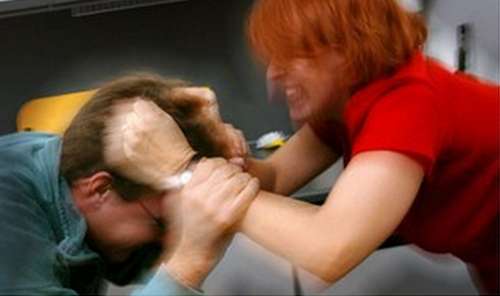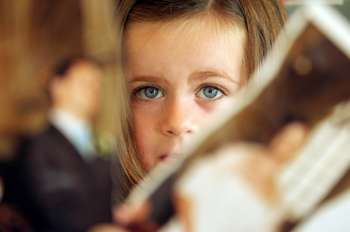Oops! Politician’s family violence story fails the gender test (Aust)
 The Australian 30 March 2016
The Australian 30 March 2016
Family First Comment: The truth can be awkward, can’t it.
“Here we have a (female) Minister of Family Violence whose own story illustrates the truth about family violence — namely that most families with a history of violence include female as well as male perpetrators. ….(The Minister) seems determined to downplay the role of female violence and perpetuate many of the lies and distortions that dominate discussion of this issue in Australia. ….We’ll learn today whether the royal commission has been hoodwinked by the constant stream of lies and misinformation promoted in the current cultural dialogue, where the deliberate use of wrong statistics is used to promote men as the only villains. The reality is very different. More than 1700 articles in peer-reviewed journals conclude domestic violence is not a gender issue; both women and men are actively involved in most violence in the home; women often initiate violence, and it isn’t simply self-defence. Even though physical violence by women causes fewer injuries, it is by no means harmless, with women more likely to use weapons and men sustaining a third of the injuries from partner violence.”
Daniel Andrews today responds to the report from Australia’s first Royal Commission into Family Violence. The Victorian Premier will be joined by Australia’s first Minister for the Prevention of Family Violence, Fiona Richardson, who exposed her own family’s violent history on the ABC’s Australian Story this week. Ironically, the program was a classic example of the misleading, distorted way the issue of domestic violence is being dealt with in this country. It’s hard to imagine a more striking illustration of our ¬society’s ¬determination to focus only on aggression by men and whitewash the role of women in family ¬violence.
In graphic detail, Richardson revealed her family background at the hands of her violent father. Almost the entire program foc¬used on this chilling story: her brother hitting the floor “like a bag of spuds” after a punch from the drunken father, the family ¬living in fear of the man’s violent attacks. There was only the briefest mention of the other side of this story, the reason Richardson’s mother, Veronica Power, gave for her attraction to such an ¬aggressive man. “I thought beating was normal because my mother always beat me,” she said. That’s not all. She mentions in passing that her violent mother, who had five husbands, required her to “spend time” with a man who was her current partner’s son, a man 20 years older than Power, who was 14 at the time. He groomed her and took her virginity. So the violent grandmother sets up her teenage daughter to be groomed for sex by this much older man — a man with whom the grandmother apparently also shared an intimate relationship, and the man who ultimately -became Richardson’s father.
How come this extraordinary story of the sexual exploitation of a daughter by her violent mother rates only the briefest mention in a program in which the father’s behaviour is examined in endless detail?
Here we have a Minister of Family Violence whose own story illustrates the truth about family violence — namely that most families with a history of violence include female as well as male ¬perpetrators. As one of the ministers responsible for implementing changes in response to the royal commission’s recommendations, one might have thought Richardson’s family history would prompt more enlightened, less gender-biased consideration.
That seems unlikely. Like almost all the major players in the domestic violence scene, Richardson seems determined to downplay the role of female violence and perpetuate many of the lies and distortions that dominate discussion of this issue in Australia.
….We’ll learn today whether the royal commission has been hoodwinked by the constant stream of lies and misinformation promoted in the current cultural dialogue, where the deliberate use of wrong statistics is used to promote men as the only villains. The reality is very different.
More than 1700 articles in peer-reviewed journals conclude domestic violence is not a gender issue; both women and men are actively involved in most violence in the home; women often initiate violence, and it isn’t simply self-defence. Even though physical violence by women causes fewer injuries, it is by no means harmless, with women more likely to use weapons and men sustaining a third of the injuries from partner violence.
As Veronica Power could tell us, most children growing up in violent homes are cowering not just from their fathers, but their mothers as well — all available Australian data clearly shows women are the major abusers of children. The royal commission was ¬exposed to the truth about such matters by experts keen to correct some of the myths distorting the public debate.
READ MORE: http://www.theaustralian.com.au/opinion/fiona-richardsons-story-fails-the-gender-test/news-story/62b2a1cb2a0ce510ee8cdfae09c7ef60







